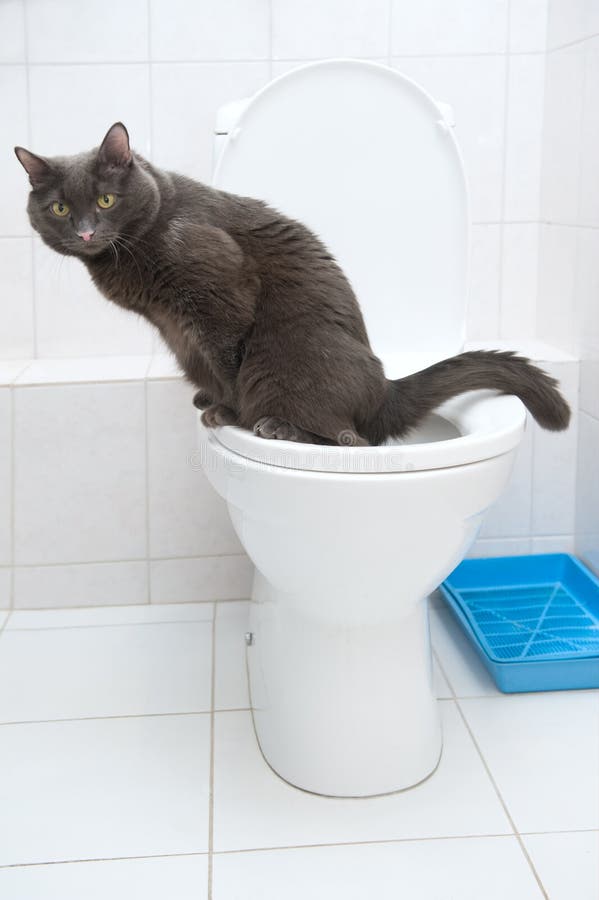Do you find yourself searching for selective information concerning How to Dispose of Cat Poop and Litter Without Plastic Bags?

Introduction
As feline proprietors, it's essential to be mindful of how we get rid of our feline good friends' waste. While it may seem hassle-free to flush cat poop down the toilet, this method can have harmful effects for both the atmosphere and human health and wellness.
Alternatives to Flushing
Thankfully, there are safer and more liable methods to take care of feline poop. Think about the following options:
1. Scoop and Dispose in Trash
The most common approach of disposing of feline poop is to scoop it into a naturally degradable bag and throw it in the trash. Make certain to make use of a specialized clutter inside story and deal with the waste immediately.
2. Use Biodegradable Litter
Select eco-friendly cat trash made from products such as corn or wheat. These clutters are environmentally friendly and can be securely disposed of in the garbage.
3. Bury in the Yard
If you have a yard, consider hiding pet cat waste in an assigned location far from vegetable gardens and water resources. Make certain to dig deep enough to avoid contamination of groundwater.
4. Set Up a Pet Waste Disposal System
Buy a pet dog garbage disposal system specifically developed for feline waste. These systems utilize enzymes to break down the waste, lowering odor and ecological influence.
Health and wellness Risks
In addition to ecological issues, purging feline waste can also posture health and wellness threats to people. Cat feces may contain Toxoplasma gondii, a parasite that can create toxoplasmosis-- a potentially severe ailment, especially for expectant women and individuals with damaged body immune systems.
Environmental Impact
Flushing feline poop introduces dangerous virus and bloodsuckers into the water supply, posing a significant threat to water environments. These pollutants can adversely affect aquatic life and compromise water quality.
Conclusion
Liable family pet possession extends beyond providing food and sanctuary-- it additionally entails appropriate waste management. By avoiding purging feline poop down the toilet and opting for different disposal techniques, we can lessen our ecological footprint and secure human health and wellness.
Why Can’t I Flush Cat Poop?
It Spreads a Parasite
Cats are frequently infected with a parasite called toxoplasma gondii. The parasite causes an infection called toxoplasmosis. It is usually harmless to cats. The parasite only uses cat poop as a host for its eggs. Otherwise, the cat’s immune system usually keeps the infection at low enough levels to maintain its own health. But it does not stop the develop of eggs. These eggs are tiny and surprisingly tough. They may survive for a year before they begin to grow. But that’s the problem.
Our wastewater system is not designed to deal with toxoplasmosis eggs. Instead, most eggs will flush from your toilet into sewers and wastewater management plants. After the sewage is treated for many other harmful things in it, it is typically released into local rivers, lakes, or oceans. Here, the toxoplasmosis eggs can find new hosts, including starfish, crabs, otters, and many other wildlife. For many, this is a significant risk to their health. Toxoplasmosis can also end up infecting water sources that are important for agriculture, which means our deer, pigs, and sheep can get infected too.
Is There Risk to Humans?
There can be a risk to human life from flushing cat poop down the toilet. If you do so, the parasites from your cat’s poop can end up in shellfish, game animals, or livestock. If this meat is then served raw or undercooked, the people who eat it can get sick.
In fact, according to the CDC, 40 million people in the United States are infected with toxoplasma gondii. They get it from exposure to infected seafood, or from some kind of cat poop contamination, like drinking from a stream that is contaminated or touching anything that has come into contact with cat poop. That includes just cleaning a cat litter box.
Most people who get infected with these parasites will not develop any symptoms. However, for pregnant women or for those with compromised immune systems, the parasite can cause severe health problems.
How to Handle Cat Poop
The best way to handle cat poop is actually to clean the box more often. The eggs that the parasite sheds will not become active until one to five days after the cat poops. That means that if you clean daily, you’re much less likely to come into direct contact with infectious eggs.
That said, always dispose of cat poop in the garbage and not down the toilet. Wash your hands before and after you clean the litter box, and bring the bag of poop right outside to your garbage bins.
https://trenchlesssolutionsusa.com/why-cant-i-flush-cat-poop/

Do you enjoy reading up on How to Dispose of Cat Poop and Litter Without Plastic Bags? Make feedback further down. We would be interested to listen to your insights about this blog. In hopes that you come back again before long. Sharing is caring. Helping others is fun. I thank you for reading our article about Don’t flush cat feces down the toilet.
Or Book Technician Here